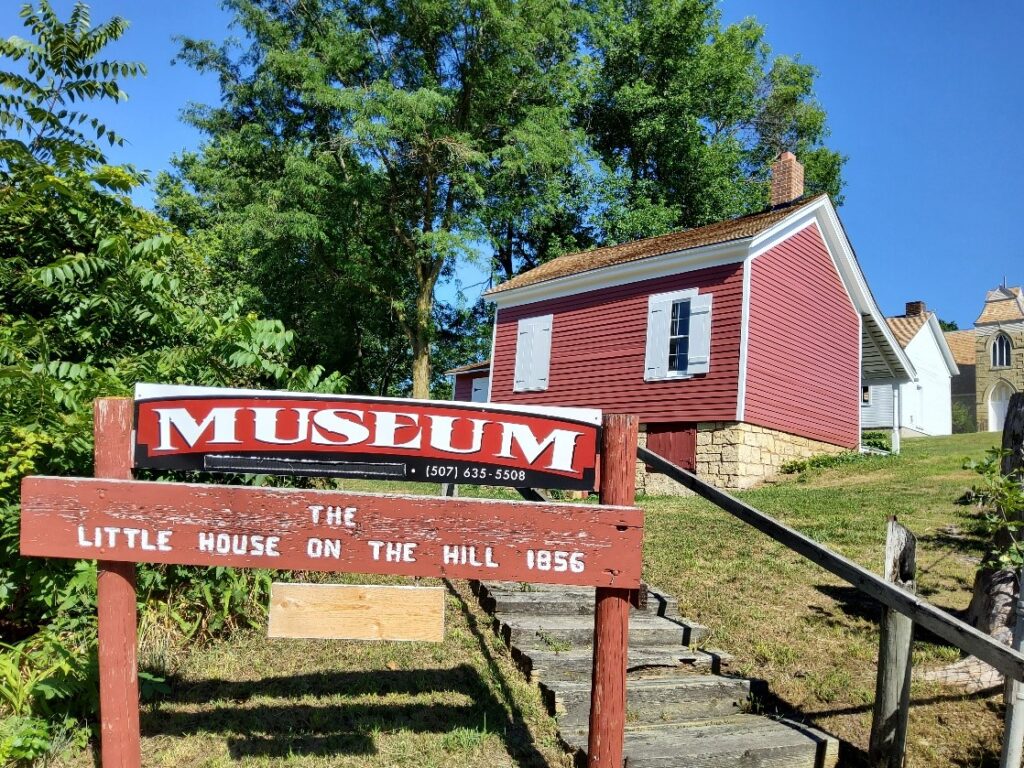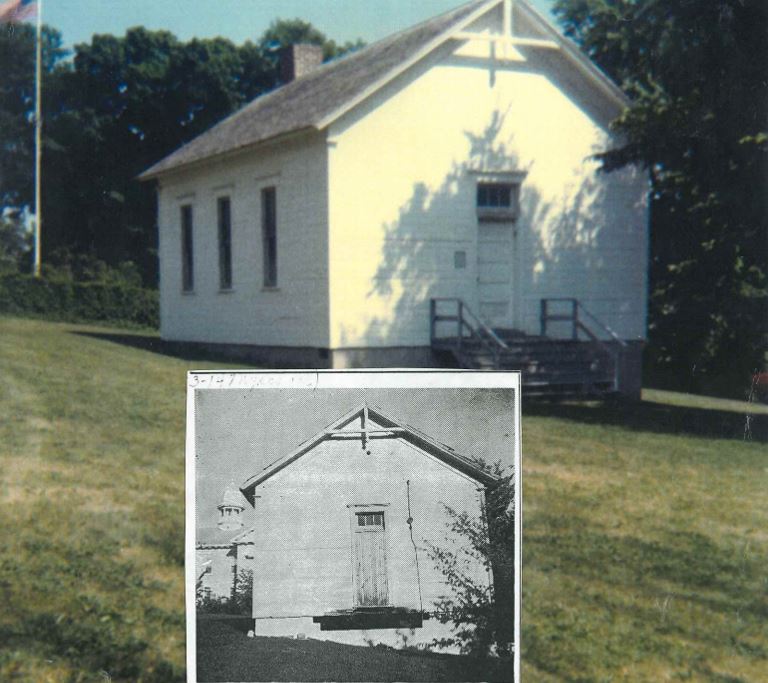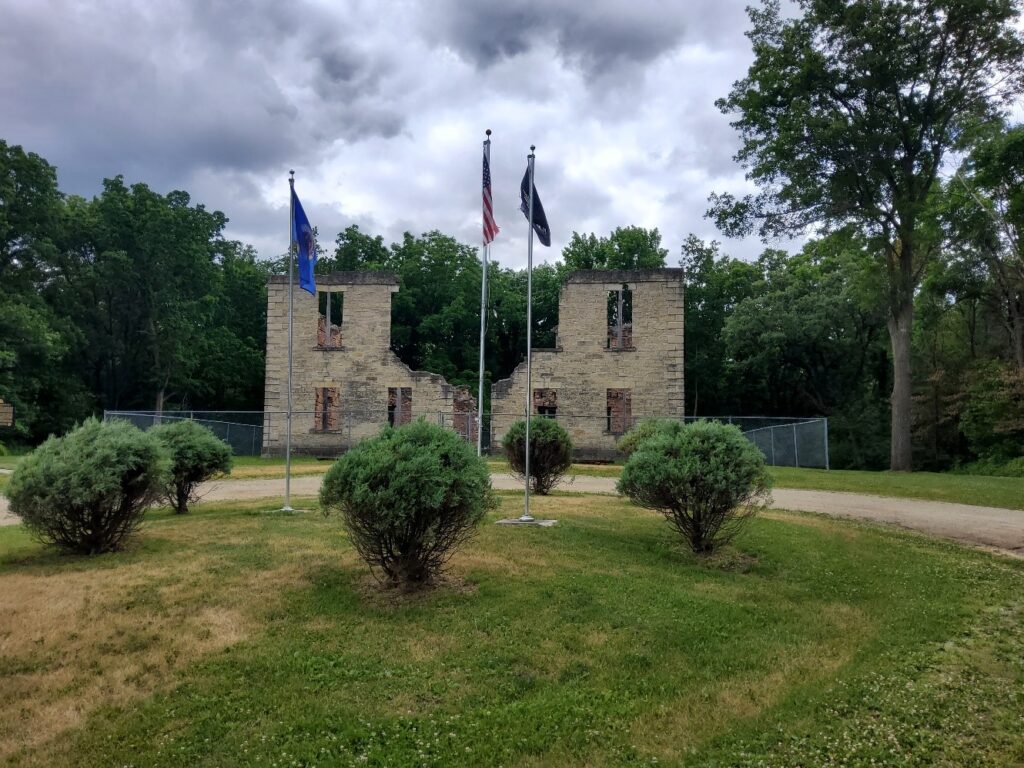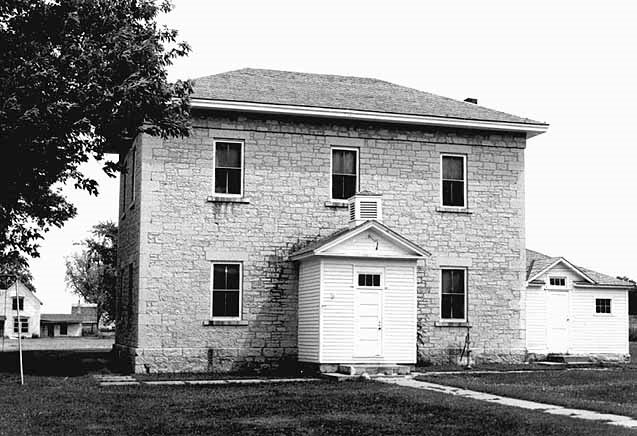Historic Properties
Mantorville



Saint John’s Episcopal Church (Hilltop Church)
Old Settler’s House (Little Red House on the Hill)
Ashland Township School (Henslin)
Wasioja



Wasioja Seminary Ruins
Civil War Recruiting Station
Wasioja Township School
The limestone ruins of the former Wasioja Seminary were once the grandeur of the area. The school was opened in 1860 with an enrollment of over 300 students. The school was eventually named Northwestern College in 1861 and held a promising future. With the outbreak of the Civil War, many students and faculty were pulled from the school to volunteer for the Union Army. The school changed hands in the following decades and eventually closed in 1894. In 1905 fire destroyed much of the school and the ruins are what you see today.
This limestone structure, built in 1855 by James George, was first used as a bank and law office. In 1861, it was pressed into service as a recruiting station for Civil War volunteers. It is the only preserved recruiting station in Minnesota (possibly the only one west of the Mississippi River). In the 1960s, the Dodge County Historical Society purchased it with the help of a grant from the Minnesota Historical Society and restored it to the original appearance. Listed on the National Register of Historic Places in 1975 as part of the Wasioja Historic District.
This two-story limestone building, designed by the Doig Brothers in 1858, was completed in 1860. It served Wasioja for over 100 years as an elementary school and was closed with school district consolidation in 1959. Dodge County Historical Society purchased the structure in 1963. It now also serves as the Wasioja Township Board headquarters. Listed on the National Register of Historic Places in 1975 as part of the Wasioja Historic District.
Kasson

Izaak Walton League Log Cabin
Located on the Dodge County Fairgrounds. Constructed in 1937 as a WPA project, the log cabin was used as an Izaak Walton League headquarters for many years. Displays of fish and wildlife were featured during the Dodge County Fair. The building eventually became the headquarters for the Dodge County Fair Board until their new office complex was finished. In 2007, it was designated the official location for DCHS during the fair.
Featured Video
HOPE AND CREATION, SACRIFICE AND LOSS
Click to watch a short video about the history of Wasioja Village.
